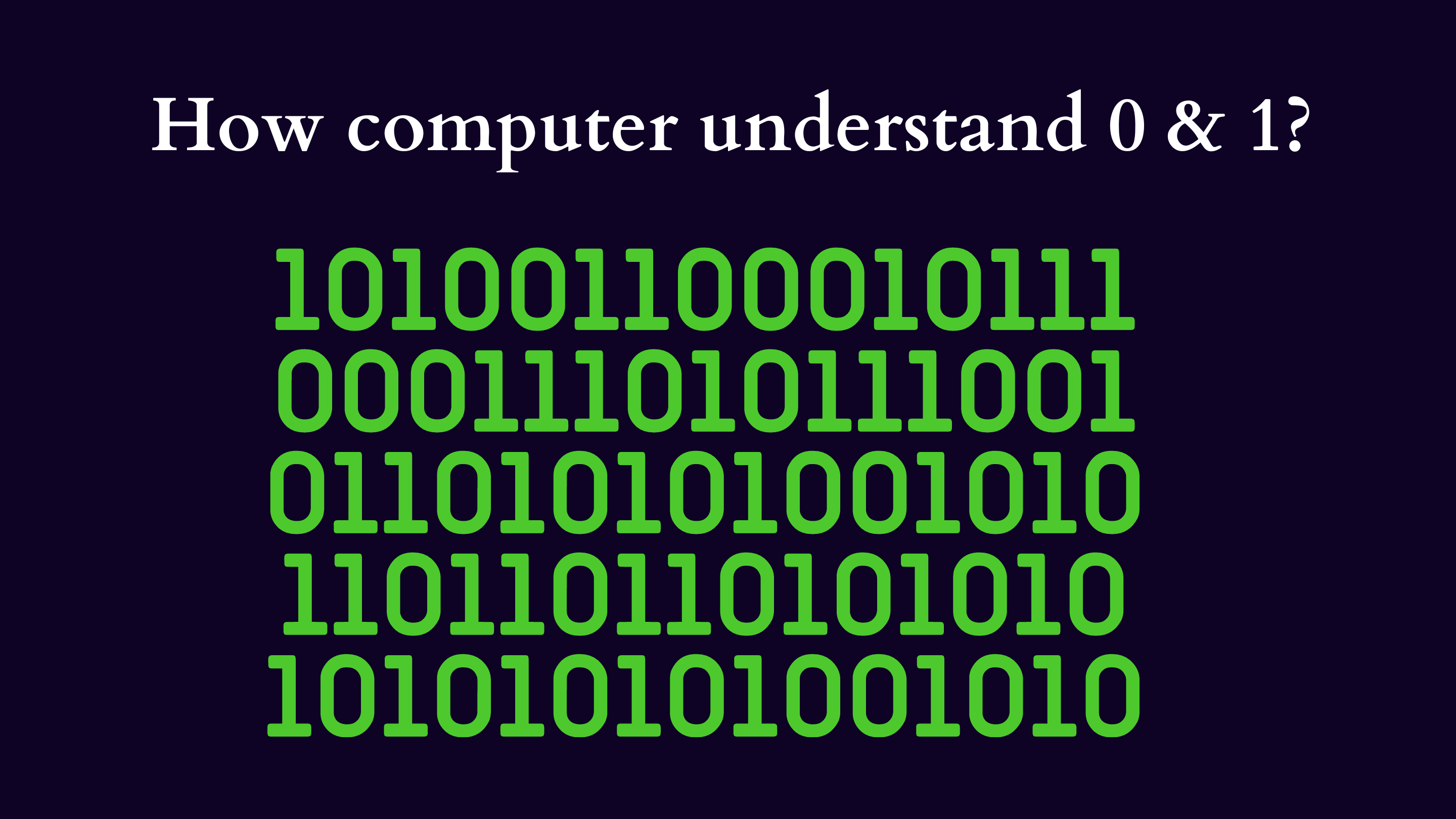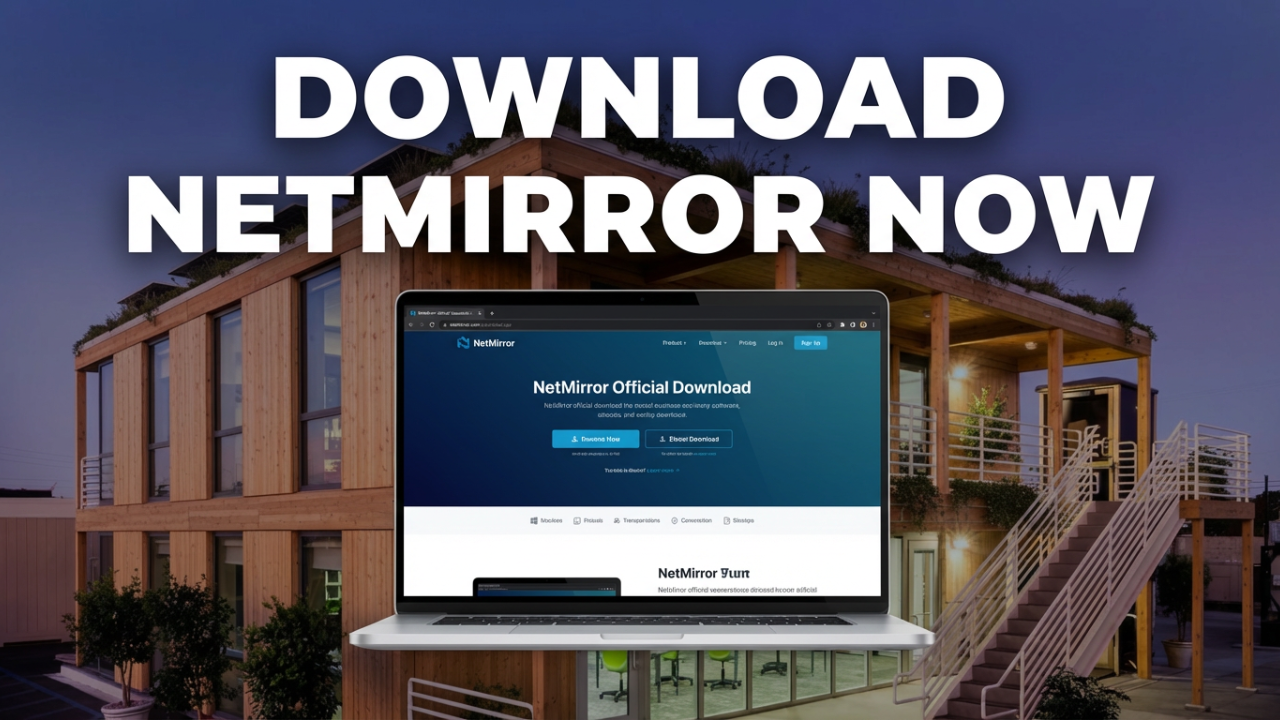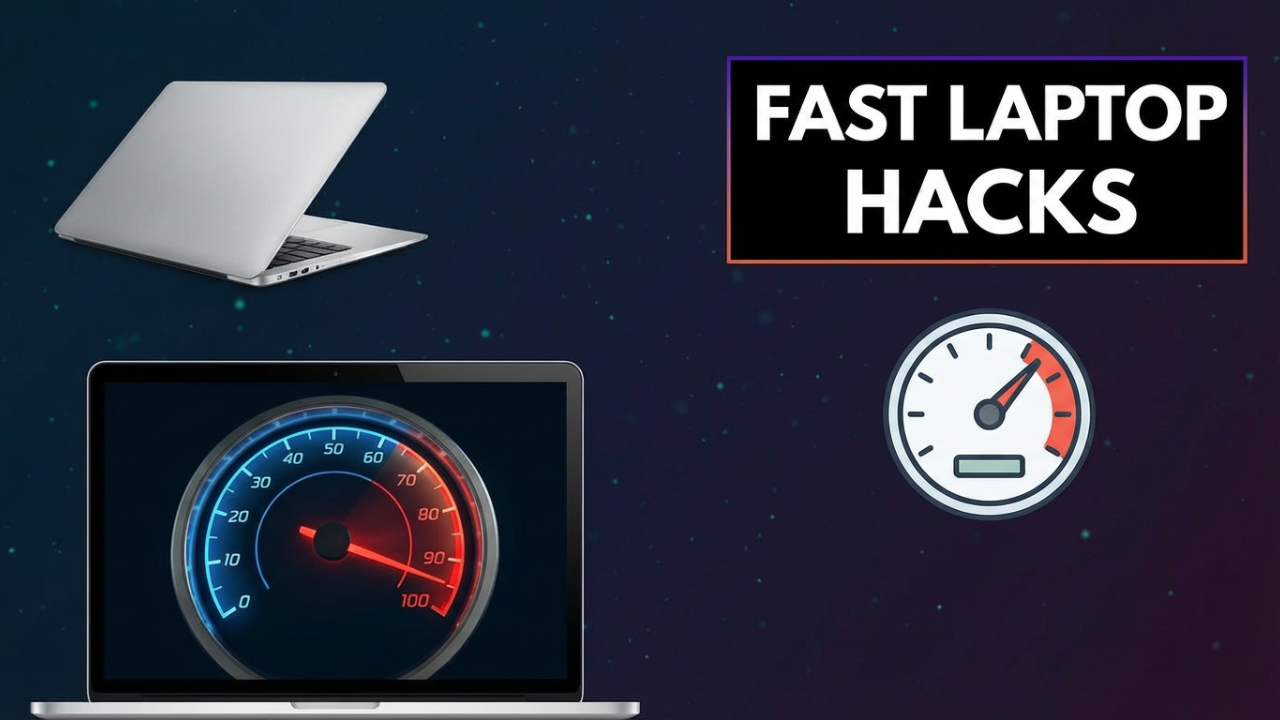Understanding How Computers Interpret 0 and 1
In the realm of computing, an intriguing phenomenon unfolds beneath the surface of user interfaces and complex algorithms: the binary number system. At its core, the essence of computing is reductionist; it relies on a judicious pairing of two simple states, represented by the binary digits, or bits, 0 and 1. This blog post delves into the intricate mechanisms that enable computers to process, interpret, and manipulate these fundamental elements of information.

The Binary System: An Overview
The binary number system operates on a base-2 numeral system, in contrast to the decimal system, which is based on ten. In the binary system, each bit represents an exponential value of two. The rightmost bit signifies 2020 (or 1), the next 2121 (or 2), then 2222 (or 4), and so forth. This structure allows for the construction of larger numbers through the combinations of these two states.
For instance, the binary number 1011 can be converted to decimal as follows:
- The first bit (from the right): 1×20=11×20=1
- The second bit: 1×21=21×21=2
- The third bit: 0×22=00×22=0
- The fourth bit: 1×23=81×23=8
Adding these values together gives us 1+2+0+8=111+2+0+8=11 in decimal notation.
The Physical Basis of Binary: Transistors
At a fundamental hardware level, computers consist of billions of transistors—tiny electronic switches that can be either on (1) or off (0). These transistors form the basic building blocks of processors and storage devices, enabling digital circuits to perform complex computations.
The on/off state of a transistor is dictated by voltage levels. When a voltage is present, the transistor is “on,” representing a 1; when the voltage is absent, it is “off,” representing a 0. This manipulation of states allows computers to perform logical operations, store data, and execute programs efficiently.
Furthermore, these transistors are arranged into logic gates—basic building blocks that carry out operations based on the binary states they receive as input. Logic gates include AND, OR, NOT, NAND, and NOR gates, and they can combine bits in various configurations to produce results that underlie all of computing.
From Bits to Higher-Level Constructs: Bytes and More
While a single bit conveys minimal information, combining multiple bits allows for the representation of more complex data. The grouping of eight bits forms a byte, which can represent 256 different values ranging from 0 to 255. This characteristic is particularly useful for encoding various types of information, including letters, numbers, and symbols.
For instance, the ASCII (American Standard Code for Information Interchange) character encoding system employs 7 or 8 bits to represent characters. Consequently, the letter ‘A’ corresponds to the decimal number 65, which converts to binary as 01000001. Thus, each character or instruction in a computer’s memory is translated into binary, allowing for efficient data storage and manipulation.
Interpretation Through Computer Architecture
The journey of understanding 0 and 1 is also tied to computer architecture—the design and organization of computer components and systems. This architecture delineates how data flows within a computing device and determines how instructions are fetched, decoded, and executed.
The CPU and Arithmetic Logic Unit
The Central Processing Unit (CPU) is often heralded as the brain of the computer. At its heart lies the Arithmetic Logic Unit (ALU), which performs arithmetic and logical operations on binary numbers. When a program executes, the CPU converts higher-level programming languages into machine code, a binary format that the ALU can interpret.
Let’s consider an example: when the CPU receives a command to add two numbers, it first converts those numbers into binary. The ALU then applies binary addition rules, accounting for carries just like in decimal addition but adhering to the binary system’s unique properties. The outcome is stored back in binary format, ready for further processing or output.
Memory Storage: RAM and Hard Drives
Memory storage comprises both volatile (like RAM) and non-volatile (like hard drives) components. Volatile memory retains data only temporarily while powered, typically using a combination of bits to express the data stored. Non-volatile memory, such as flash drives and hard drives, maintains data even when powered down, with information again stored in binary format.
Data stored on these devices is organized into files and directories, and the operating system plays a critical role in managing access and ensuring the smooth operation of applications. Like CPUs, modern storage solutions employ sophisticated methods for data access, manipulating binary data to retrieve, write, and edit information seamlessly.
The Intersection of Binary and Programming Languages
Despite the underlying binary nature of computers, most developers work with high-level programming languages that abstract away these details. Languages such as Python, Java, and C++ allow programmers to write human-readable code that’s then translated into machine code through a compilation or interpretation process.
This abstraction is crucial because it enables developers to focus on logic and structure rather than the intricate intricacies of binary representation. Even so, an understanding of binary is invaluable, particularly when diagnosing low-level issues or optimizing performance.
Conclusion: The Power of 0s and 1s
In summary, the binary system is not merely a theoretical construct; it forms the bedrock of computer architecture, influencing how data is processed, stored, and executed. From the manipulation of transistors in logic gates to the complex layers of software abstractions, computers thrive on the duality of 0s and 1s.
Understanding how computers interpret binary allows us to appreciate the sheer complexity and elegance of modern computing technology. As we continue to innovate and push the boundaries of computing, the significance of this binary foundation remains steadfast—a silent yet powerful engine driving advancements in artificial intelligence, data science, business and beyond.
Shop Now






